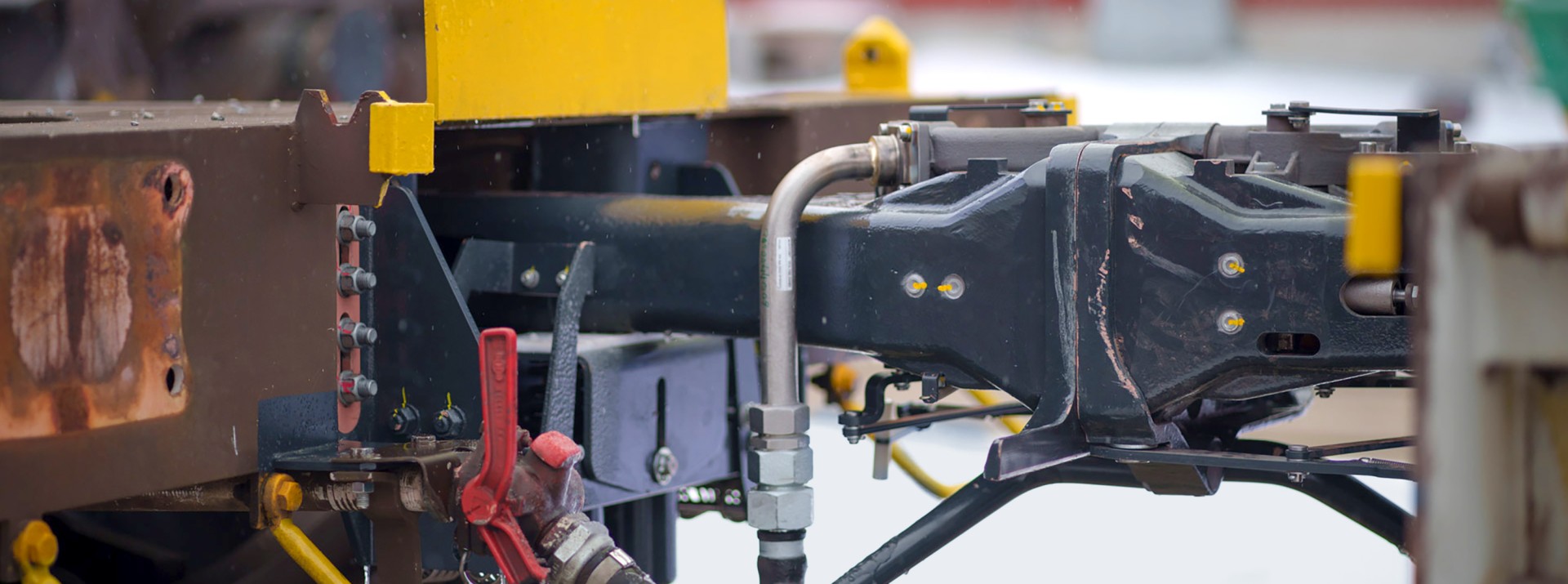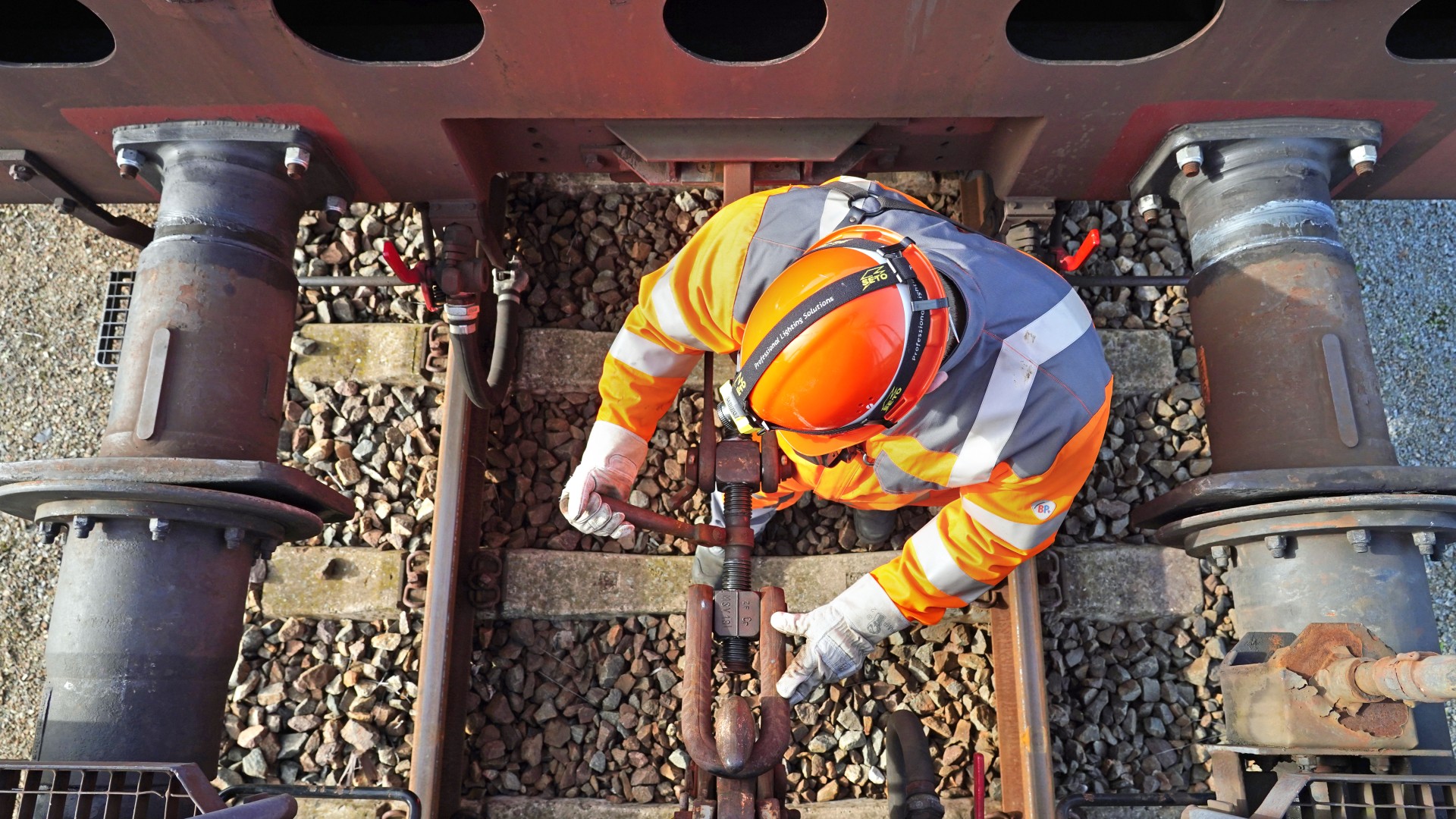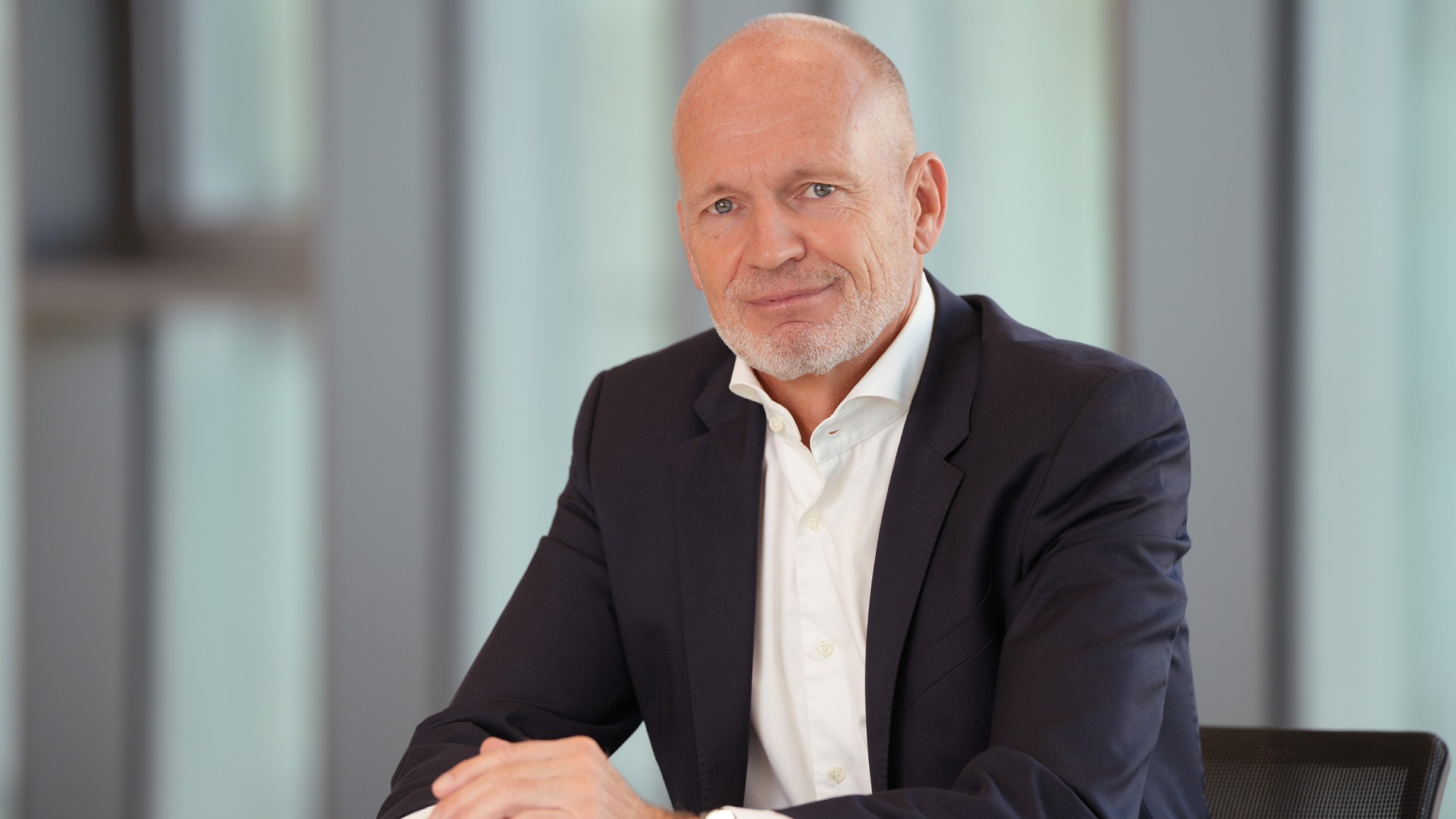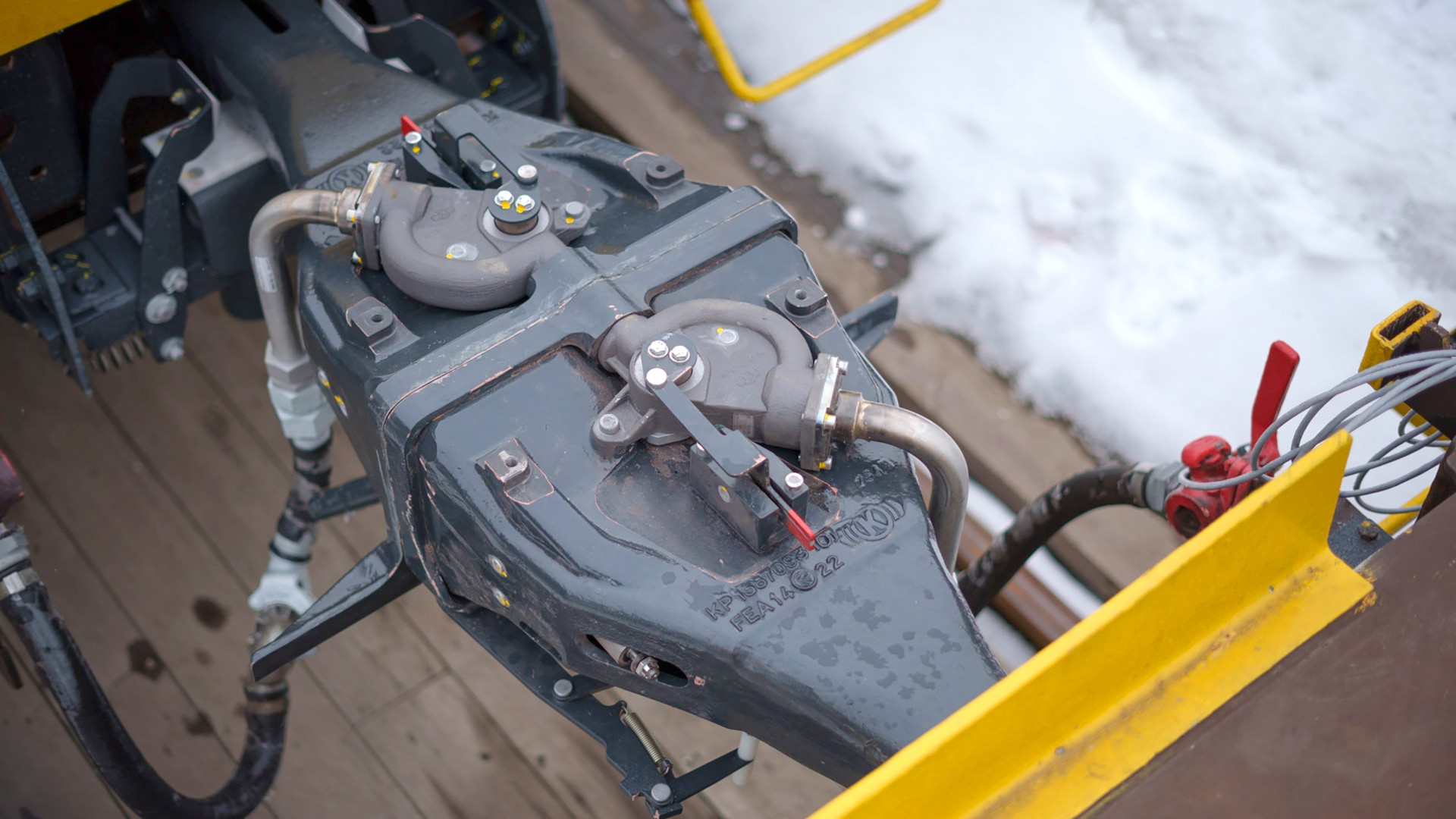
The outcomes expected of the Digital Automatic Coupler (DAC) are nothing short of miraculous. It will revolutionize the transportation of Europe’s freight by rail and carry the rail industry forward into the Digital Age.
There are good reasons for the rail industry’s euphoric response to the Digital Automatic Coupler (DAC). As it happens, the first is somewhat embarrassing: For over a century, there has been no progress at all in updating the way freight cars are coupled together. A shackle weighing at least 20 kilograms must be manhandled onto each freight car’s hook – a technology dating right back to the German Empire that involves heavy manual labor for shunting and switchyard personnel.
The second reason – the manual brake inspection – is also less than state-of-the-art. To inspect the brakes, the locomotive driver must walk the entire length of the train (up to 750 meters) before it can set off – an old-fashioned, inefficient procedure that adds almost an hour to train preparation time. Now all this is set to change. Once the migration from screw couplings to DACs is complete, rail freight services will finally make the transition into the twenty-first century.
A note of caution, however: As yet, nothing is certain. First, 450,000 freight cars must be upgraded across the whole of Europe – some say as many as 500,000. Not to mention 17,000 to 20,000 locomotives. So in total, over one million couplers must first be manufactured and then actually fitted to all these rail vehicles.
Info
The article first appeared in the October 2023 issue of Deutsche Verkehrs-Zeitung (DVZ); author: Michael Cordes, rail freight transportation Editor.

The main competition: trucks
But the DAC is more than just a better coupler. It’s a complete system, the digital component of which plays a not unimportant role by enabling a wide variety of new applications. “If rail freight is to compete – and stay competitive – with other modes of transportation such as trucks, we need to innovate,” adds Nicolas Lange, who was appointed Knorr-Bremse’s new Executive Board member with global responsibility for the Rail Vehicle Systems division on October 1.
Not least because politicians have set ambitious targets. By 2030, they expect rail’s share of freight transportation’s “modal split” to be at least 25 percent – up from just 20 percent today. It’s unlikely this target can be achieved with the existing manual processes – such a leap in market share represents a significant increase in the volume of freight transported. Added to which, rail operators are having a hard time finding people prepared to do this back-breaking work. According to Knorr-Bremse’s senior Rail manager, if more freight is to travel by green rail, industry processes must be harmonized, digitized and automated.
Knorr-Bremse is one of the companies manufacturing the DAC. So far, the market has only seen prototypes, undergoing rigorous testing. But Lange is confident: “We’ll bring this technology to market in good time, when rail operators need it.” He’s sure that his company will be able to start delivering DACs in 2026 – in his view, finance is a much more significant bottleneck. Experts put the costs at an estimated EUR 10-12 billion. And there’s still no clarity over just where this money will come from.
Apart from the migration itself, costs are likely to be the other constraint. Rail operators incur sizeable losses on single-car routing in particular – one of the main reasons why the industry is unlikely to be able to raise such large sums on its own. Here, Lange sees a need for major investment. Achieving a 25-percent share of the modal split is only feasible if innovations like the rail freight industry’s DAC are publicly funded and simultaneously implemented across all countries involved. Politicians are targeting this high modal-split share in order to reduce the amount of CO2 emitted by freight transportation. But if they really want to achieve this self-imposed macroeconomic objective, they must also – in Lange’s view – create the necessary conditions to enable it.
Germany could play a key role in this project – not least because of its central location in Europe. But as well as national governments, Lange believes that the EU should also intervene, because most freight is transported across borders, so the migration needs to happen across Europe as a whole. However, not all EU member states are ready to welcome the DAC. The senior manager suggests a possible solution: To start with, the European states most heavily involved in single-car routing – Germany, France, Austria, Italy, maybe also Poland and Switzerland – could agree to implement the DAC upgrade. Together, they could put increased pressure on the EU to provide at least some of the finance required from the EU’s own funds. This, Lange believes, would be an important step toward creating the necessary financial – and consequently, planning – stability for the industry as a whole.


The upgrade needs meticulous planning
As he sees it, one of the challenges is the tight timeframe for the DAC migration. Implementation must happen at speed, because otherwise railcars with old coupling systems will be incompatible with DAC-equipped railcars. But he feels that the key steps are indeed being taken to finalize development and make all the necessary preparations for producing and then migrating to market-ready coupling systems.
As far as Knorr-Bremse’s growth is concerned, DAC sales are only part of it. First, because after the upgrade, there will be plenty of aftersales business involving DAC maintenance and repairs. And second, because the DAC will open up many new opportunities for rail operators, the industry and Knorr-Bremse – in digital services, for example. “With the DAC,” explains the senior manager, “we’re taking the digitalization and automation of the rail freight industry to a whole new level.” Not only by automating brake inspection and testing, but also by enabling, for example, data and telematics solutions. Tracking and tracing will become much easier, and the new train-wide power supply will support other applications such as the transportation of refrigerated goods. In short, the DAC will act as the cornerstone of the smart, digital freight train. “In this sense, the DAC will open many doors, and really is a huge step forward for the entire rail freight industry.”